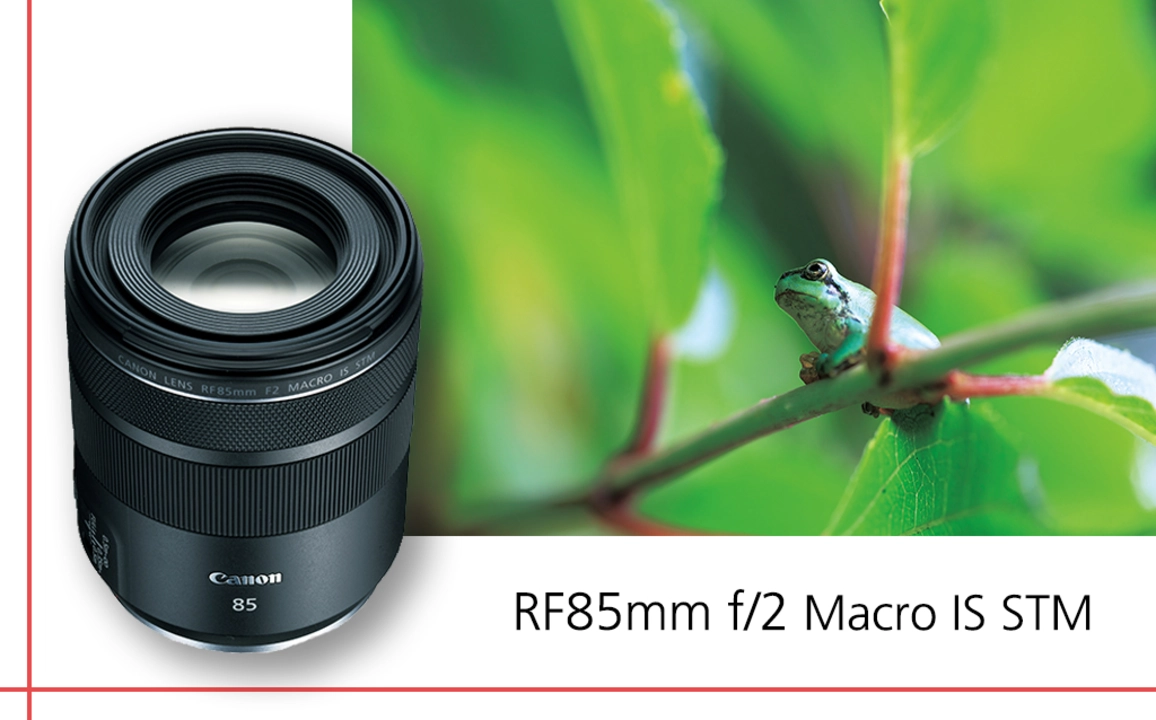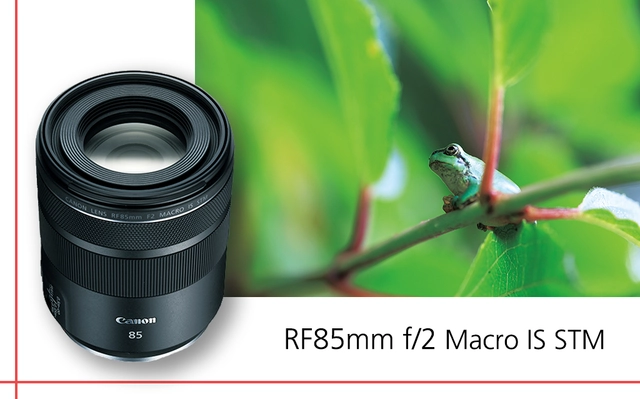Understanding Macro Photography
As a photography enthusiast, I have always been fascinated by the world of macro photography. Macro photography is an art form that allows us to see the unseen and explore the intricate details of small subjects. In this blog, I will delve into the world of macro photography and discuss whether it is possible to achieve stunning macro shots using a digital camera. Let's dive in!
Digital Cameras and Macro Capabilities
With the advancements in technology, digital cameras have evolved remarkably over the years. Many digital cameras today come equipped with a macro mode or even dedicated macro lenses. This feature allows us to capture stunning close-up shots of small subjects, bringing out the intricate details that are often overlooked by the naked eye. So, the answer to the question "Is it possible to do macro photography with a digital camera?" is a resounding yes!
Choosing the Right Equipment for Macro Photography
Now that we know that it's possible to do macro photography with a digital camera, the next step is choosing the right equipment for the job. The type of camera and lens you use will greatly impact the quality of your macro photographs. Some digital cameras come with built-in macro modes, while others may require you to invest in a separate macro lens. It's essential to thoroughly research the camera and lens options available to find the perfect fit for your macro photography needs.
Using a Digital Camera with Built-in Macro Mode
Many digital cameras, especially compact and point-and-shoot cameras, come with a built-in macro mode. This mode allows you to get closer to your subject and capture its intricate details. To use this feature, simply switch your camera to macro mode (usually indicated by a flower icon) and start shooting. While this option may not offer the same level of magnification and detail as a dedicated macro lens, it's an excellent starting point for beginners who want to dip their toes into the world of macro photography.
Investing in a Dedicated Macro Lens
If you're serious about macro photography and want to achieve the best possible results, investing in a dedicated macro lens is the way to go. These lenses are specifically designed to capture close-up images with incredible detail and clarity. The focal length, aperture, and minimum focusing distance are all crucial factors to consider when choosing a macro lens for your digital camera. Ensure you select a lens that is compatible with your camera's mount and offers the magnification level you desire.
Mastering the Art of Macro Photography
Now that you have the right equipment, it's time to hone your macro photography skills. Macro photography can be challenging, but with practice and patience, you can capture stunning images that showcase the beauty of small subjects. Here are some tips to help you master the art of macro photography:
Get Close and Focus on Details
Macro photography is all about capturing the intricate details of your subject. To achieve this, you need to get as close as possible to your subject while still maintaining focus. Experiment with different camera angles and distances to find the sweet spot that allows you to capture your subject's essence.
Control Your Camera's Depth of Field
Depth of field plays a crucial role in macro photography, as it determines the amount of your image that will be in sharp focus. A shallow depth of field can help isolate your subject and create a pleasing background blur, while a deeper depth of field will ensure more of your image is in focus. Experiment with different aperture settings to find the ideal depth of field for your macro shots.
Master the Art of Lighting
Good lighting is essential for capturing stunning macro photographs. Natural light is often the best option, as it can create soft, even illumination that brings out the best in your subject. However, additional light sources, such as an external flash or LED light, can be helpful in low light conditions or when you need to fill in shadows. Experiment with different lighting techniques to find the best approach for your macro photography.
Post-Processing Techniques for Macro Photography
Once you've captured your macro images, post-processing can take them to the next level. Editing software, such as Adobe Lightroom or Photoshop, allows you to fine-tune your images, enhance colors, and bring out hidden details. Some popular post-processing techniques for macro photography include:
Focus Stacking
Focus stacking is a technique that combines multiple images taken at different focus points to create a final image with a greater depth of field. This can be especially helpful in macro photography, where achieving a large depth of field can be challenging. Many editing programs, such as Photoshop, offer focus stacking features, allowing you to create stunning macro images with incredible detail.
Sharpening and Detail Enhancement
Post-processing software offers various tools for sharpening your images and enhancing the details of your subject. These tools can help bring out the intricate textures and patterns that make macro photography so captivating. Be careful not to overdo it, though - too much sharpening can create unwanted artifacts and noise in your image.
Conclusion
Macro photography is a fascinating and rewarding genre of photography that allows us to explore the hidden beauty of small subjects. With the right equipment and techniques, it's certainly possible to achieve stunning macro photographs using a digital camera. So, grab your camera, get close to your subject, and start discovering the wonders of the macro world!

